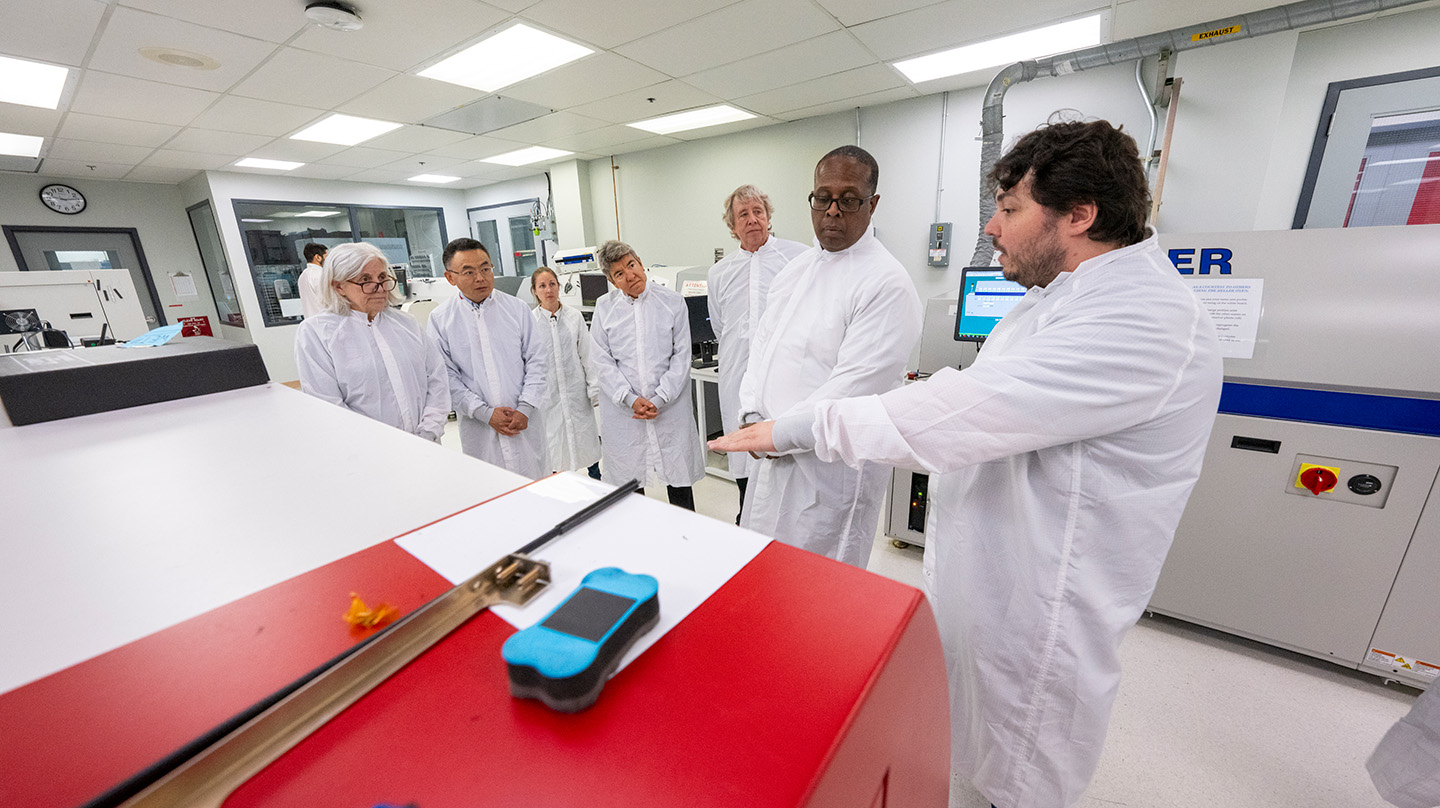
Press Release
Sep 18, 2023
Johns Hopkins APL and University of Maryland Partner to Advance Engineering and Science Research With a Focus on Space Technology
APL and the University of Maryland, College Park, signed a memorandum of understanding to create new opportunities for collaboration in research and development.
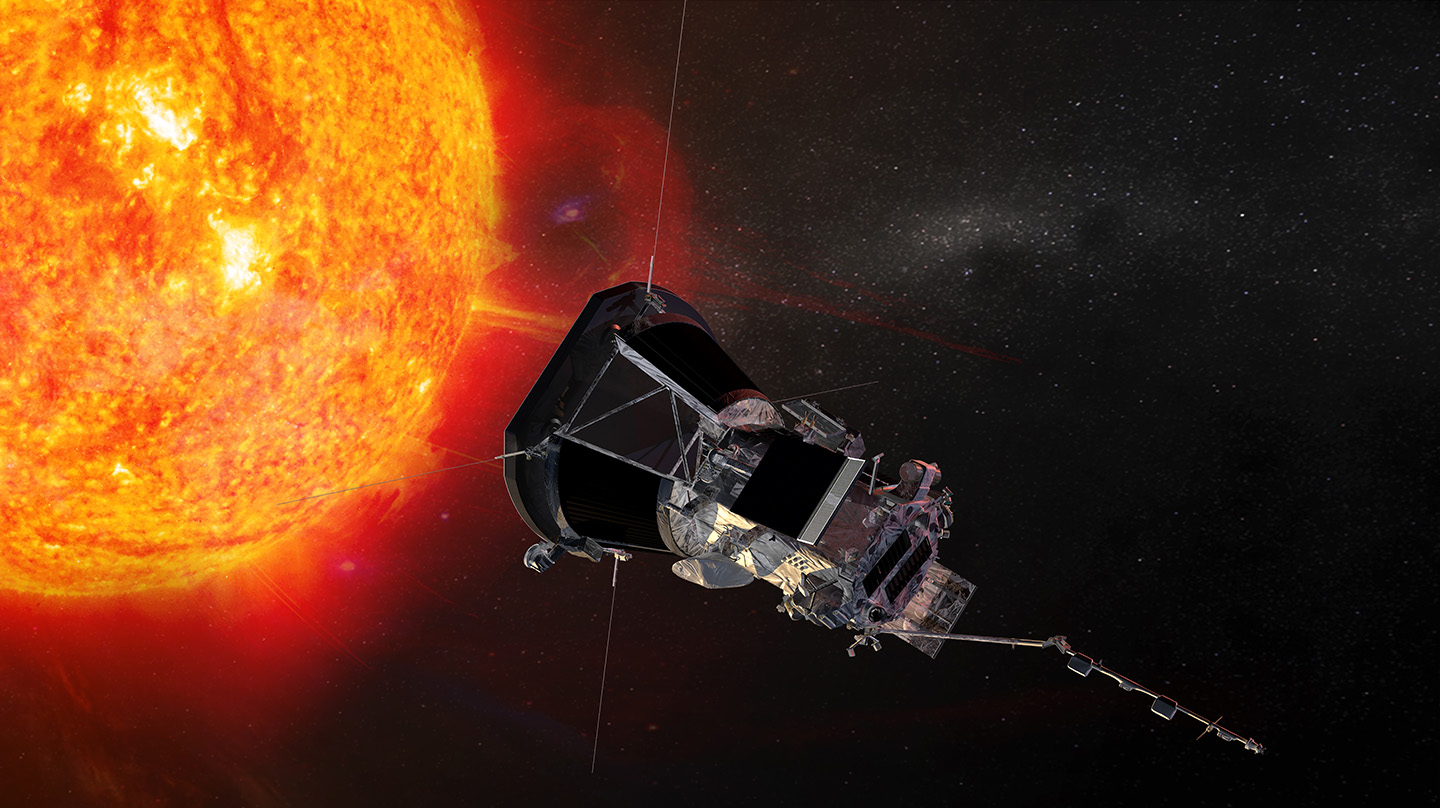
News
Sep 15, 2023
Parker Probe’s Path Through Solar Blast Yields Unparalleled Space Weather Insights
NASA’s Parker Solar Probe has now become the first spacecraft ever to fly through a powerful solar explosion near the Sun. Passing along and through a coronal mass ejection last September, Parker provided an unparalleled view into these stellar explosions and an opportunity to study them early in their evolution.
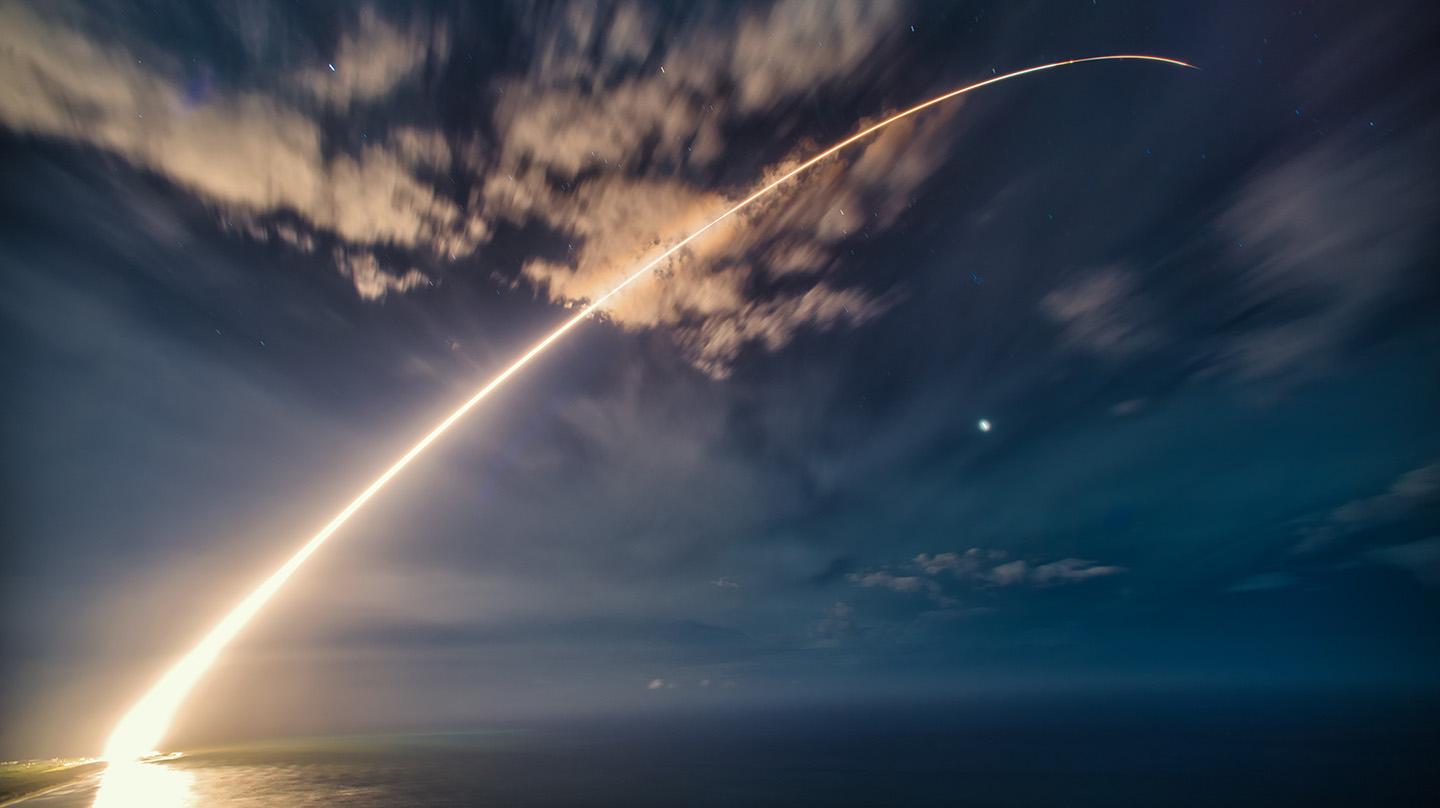
News
Sep 14, 2023
Johns Hopkins APL Provides Critical Contributions to Successful Ballistic Missile Intercept Test
APL — in cooperation with the U.S. Missile Defense Agency and the U.S. Navy — demonstrated the capability to detect, track, engage and intercept a medium-range ballistic missile target in the terminal phase of flight.
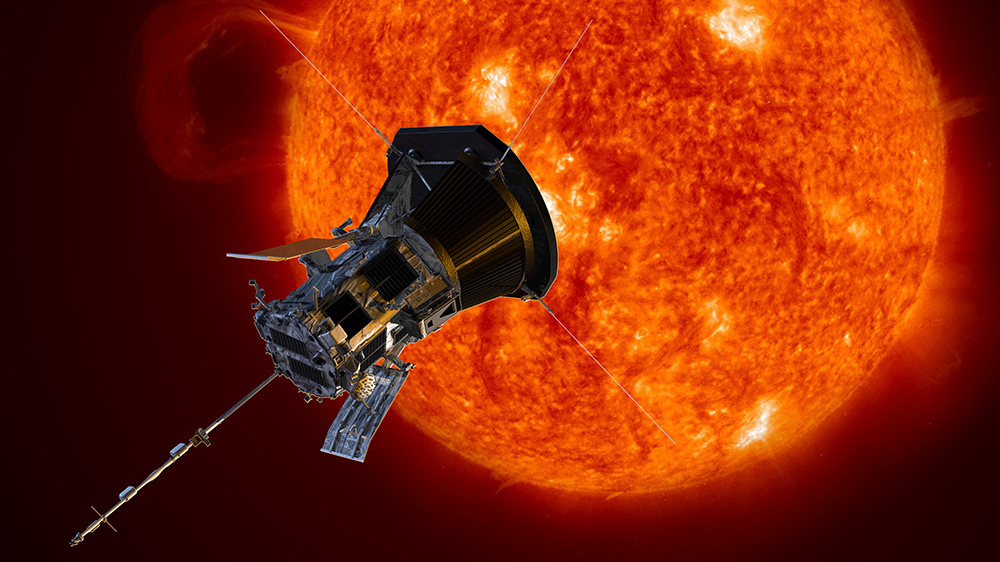
News
Sep 14, 2023
Parker Solar Probe ‘Sees’ Sun Sweep Up Interplanetary Dust
In 2022, NASA’s Parker Solar Probe soared gracefully through one of the most powerful coronal mass ejections (CMEs) ever recorded—not only an impressive feat of engineering but a huge boon for the scientific community. Parker’s journey through the CME is helping to prove a 20-year-old theory about the interaction of CMEs with interplanetary dust, with implications for space weather predictions.

News
Sep 13, 2023
Johns Hopkins APL Intern Develops Wearable Haptic Prototype
Ben Otter, an intern in APL’s Air and Missile Defense Sector and the Johns Hopkins Institute for Assured Autonomy, has been using his free time to develop a wearable haptic prototype.

News
Sep 12, 2023
Expanding eDNA Research and Physical Oceanography Into Critical Polar Regions
On an exploratory trip to Antarctica, Johns Hopkins APL researchers delivered environmental DNA samples and physical oceanographic data that could provide insights into ecosystem dynamics in and around Earth’s southernmost continent.
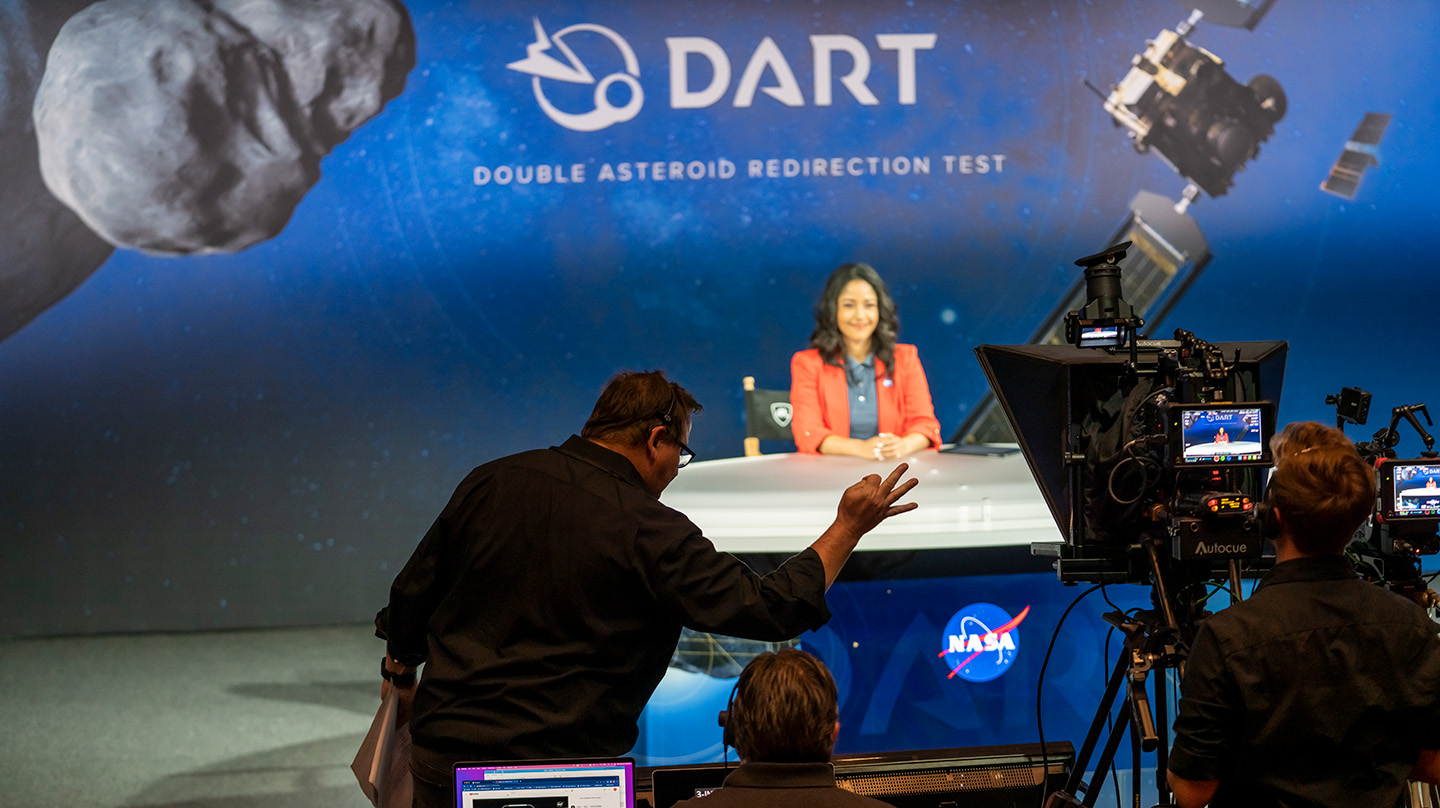
News
Sep 12, 2023
Johns Hopkins APL Communications Team Wins Gold for DART Impact Campaign
APL’s Communications Department received several social media and digital video awards for their work on the DART impact campaign.
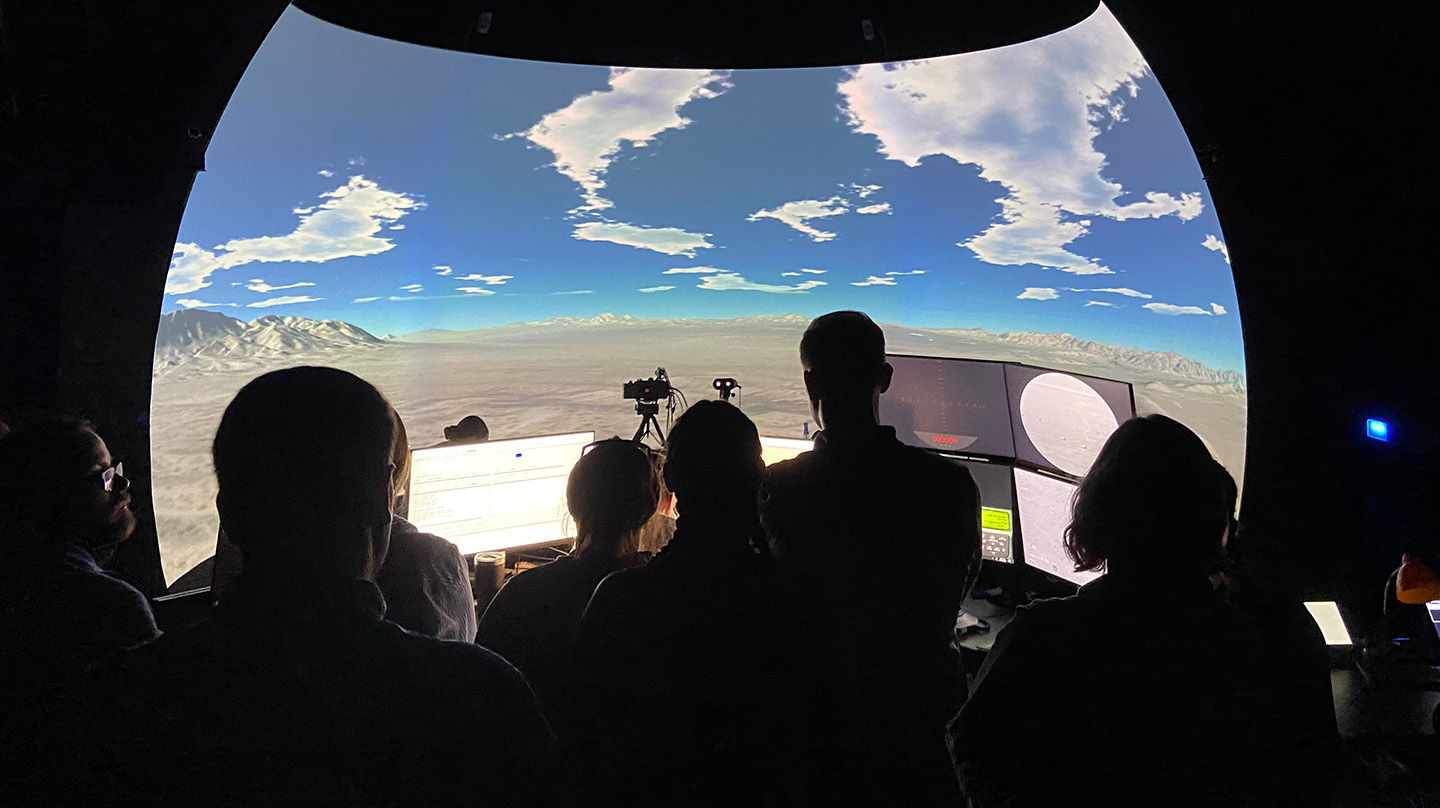
News
Sep 7, 2023
Johns Hopkins APL Pilots U.S. Joint Forces Orientation Tour for Staff Members
In June, APL piloted a program that featured an orientation tour of U.S. joint force operations for APL staff members.
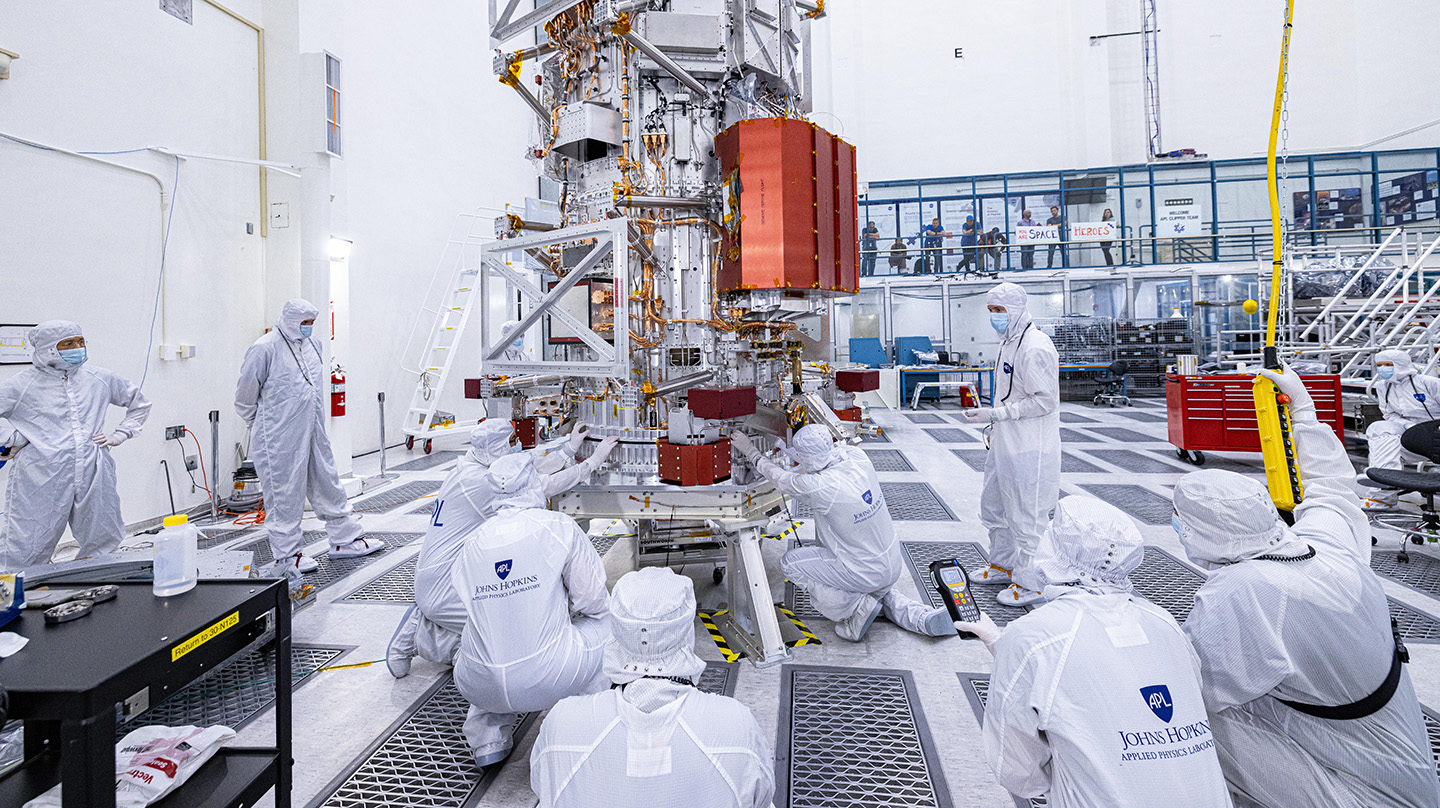
Press Release
Sep 6, 2023
Johns Hopkins APL Team Earns NASA Awards for Europa Clipper Work
APL team members on NASA’s Europa Clipper mission recently picked up two NASA awards honoring their accomplishments building and delivering the spacecraft’s propulsion module.

News
Aug 29, 2023
Human-Computer Interactions at Center of One Johns Hopkins APL Internship Experience
Duran Keefe, a 2023 summer intern at APL, knows that people are a key part of any information system.